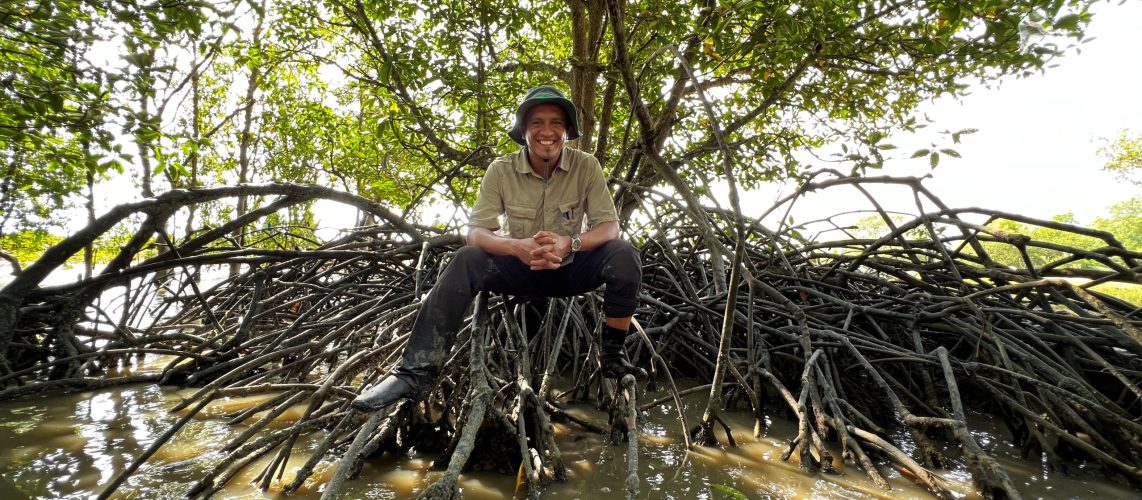This article has been published in the New Straits Times on 10th April 2019.
MANGROVES are identified as habitats of global importance. Although they occur only along the coastlines of tropical and subtropical belts, mangroves are recognised at a planetary scale as the earth’s most efficient ecosystems to sequester atmospheric carbon.
Replacing mangrove forests causes unparalleled damage not only on the aesthetics, but also amplifies effects of exposing the carbon in the sediment and releasing them back into the atmosphere.
Therefore, many mangrove forests around the globe are listed as Ramsar sites and protected through various Unesco conservation programmes.
In February and March, the World Wetlands Day (Feb 2), World Wildlife Day (March 3), World Forest Day (March 21) and World Water Day (March 22), were celebrated gloriously around the globe.
At the same time in Malaysia, programmes and activities were organised and attended by people to commemorate and mark their appreciation of these precious habitats and resources.
Among the many events held were mangrove planting and replanting in the country, either as a corporate social responsibility project by private organisations, or as part of a continuous exercise carried out by government agencies and non-governmental organisations.
While many efforts on conservation and protection of mangroves were taking place, some contrasting situations occurred simultaneously in other coastal edges of Malaysia.
Many of these reported cases have shocked the country by the extent of their negative environmental and social impacts.
The recent environmental calamities concerning mangroves include: the revocation (and later the regazettement) of the Johor National Park status of the Pulau Kukup Ramsar site; the grand-scale golf course and resort development near the Sungai Pulai Mangrove Forest Reserve Ramsar site in Johor; the clearance of a firefly habitat in Kampung Dew in Perak; a controversial proposed road development near the mangroves of Balik Pulau in Penang; a controversial proposed mega aquaculture pond development in Penaga, Penang; the dumping of mining residue in the mangroves of Balok in Pahang; and the dumping of toxic chemical waste into Sungai Kim Kim in Johor, affecting the health of the river, mangroves and their surrounding communities.
It seems that we have neither learned enough from our past mistakes, nor have we remembered the impact from disastrous natural events that have devastated many coastal communities around our region.
Possibly we did, considering the very recent announcement and affirmation by the energy, science, technology, environment and climate change minister on the disapproval of Environmental Impact Assessments (EIA) for future developments in Ramsar sites.
One critical point to raise here is why limit the ultimatum only to Ramsar sites when many other legally binding gazetted mangrove forest reserves and environmentally sensitive areas are at risk of either being cleared and developed, or have been eyed for various developments and degazettement.
The instruction to carry out an EIA for any development in these sites is actually one step too late.
From the way things are going now, it is seen as a provisional approval regardless of the results.
To make matters worse, land clearing or earthwork for some projects had begun even prior to the application and approval.
The EIA is used as the strongest legal tool to curb or to minimise environmental damage from the development of prescribed activities; unfortunately it is not powerful enough to halt the development on mangroves and reverse the loss of these habitats.
In other words, the development is allowed to happen with the promise that all mitigation measures and actions will be fulfilled and carried out accordingly, as proposed by the environmental consultants — hired and paid by the developers.
This counter-intuitive process has been going on for such a long time. It is now definitely the time to be bold, prudent and smart to amend it for the better.
The state authorities as the custodians of the land according to our Constitution, must give primary consideration to environmental integrity and sustainability early in any approval.
Let us grow and develop as a country sustainably with our own needs, way and design, taking into account our rich biodiversity and heritage.
Our mangroves and coastal wetlands must be protected for their multiple ecological, economic and cultural roles and benefits.
Otherwise, there will only be murky cloudy anoxic drains and channels flowing before us, with no fish and other life forms as these most precious habitats have gone, flushed by our egotistical pride as humans.
The writer is senior lecturer and research fellow at Institute for Environment and Development (Lestari), Universiti Kebangsaan Malaysia and coordinator for the Malaysian Mangrove Research Alliance and Network (MyMangrove)
